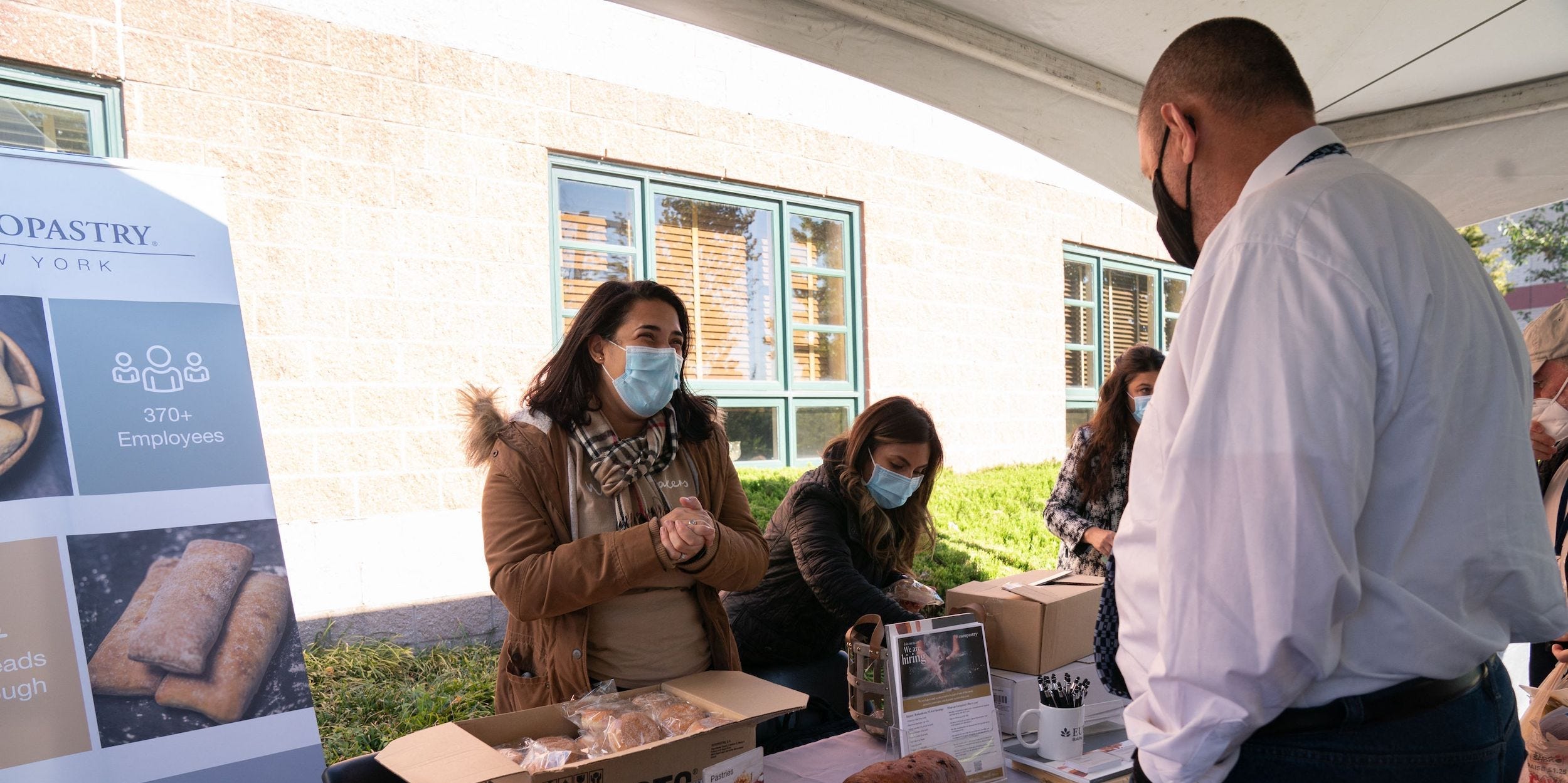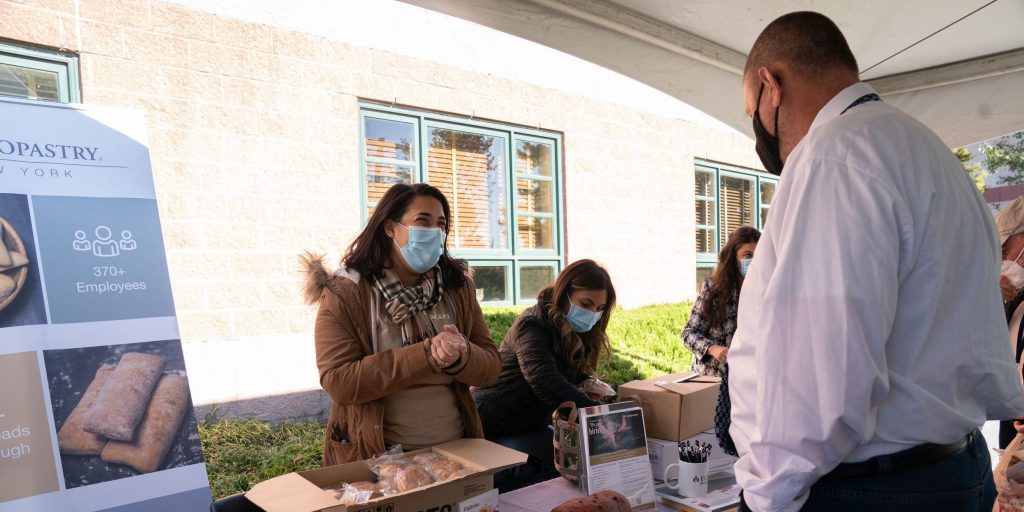
Bryan R. Smith/Getty Images
- The US added 531,000 new jobs in October, exceeding the 450,000-payroll estimate and marking a rebound from September hiring.
- The unemployment rate fell to 4.6% from 4.8%, also beating economist forecasts.
- The Friday report signals the hiring recovery got a second wind as the Delta wave faded and spending held strong.
For the first time since the summer, the US jobs recovery is booming.
The economy added 531,000 nonfarm payrolls in October, the Bureau of Labor Statistics announced Friday. That beat the median forecast of a 450,000-payroll gain from economists surveyed by Bloomberg. It also shows job creation rebounding from September's pace, which was revised to 312,000 from 194,000 payrolls.
The report shows the labor market's recovery accelerating through the fall as the Delta wave eased further. The print marks the strongest one-month job creation since July and follows two consecutive months of disappointing gains. With case counts remaining low in November, Friday's data suggests October marked a turning point for the US economy.
The number of unemployed Americans fell by roughly 300,000 last month. That leaves about 7.4 million people unemployed when the government's survey period ended in mid-October.
The unemployment rate fell to 4.6% from 4.8% in October, beating the median estimate of a 4.7% rate.
In similarly encouraging news, the average hourly wage rose by 11 cents, or 0.4%, through the month to $30.96. Economists expected a one-month gain of 0.4%. The average wage has been an increasingly popular indicator in recent months as businesses struggle to rehire. The trend has come to be known as an unusual labor shortage and has led to many firms raising their wages to attract workers. While 2021 has seen wages climb much faster than usual, the growth has still been outpaced by nationwide inflation.
The October jobs report is the first to capture the recovery as the Delta wave faded. The prior report's survey period ended in mid-September, just as daily case counts peaked. Daily counts have since fallen to their lowest levels since July, erasing much of the Delta surge and putting the US on track to reach the low case readings seen through the summer.
To be sure, the global supply-chain crisis still held the recovery back. Shipping delays, product shortages, and port logjams kept businesses from easily restocking shelves, leading prices to keep climbing faster than usual. Prolonged supply-chain problems could stifle hiring by cutting companies' demand for workers.
Still, experts and the corporate sector expect the bottlenecks to cool off sooner than later. The US "may already be witnessing the worst" of the crisis, Jefferies economists said in an October 15 note. Companies are also planning to hire a record number of seasonal workers, signaling they expect a blockbuster holiday season despite the supply issues.
This story is breaking, check back soon for updates.
Dit artikel is oorspronkelijk verschenen op z24.nl
